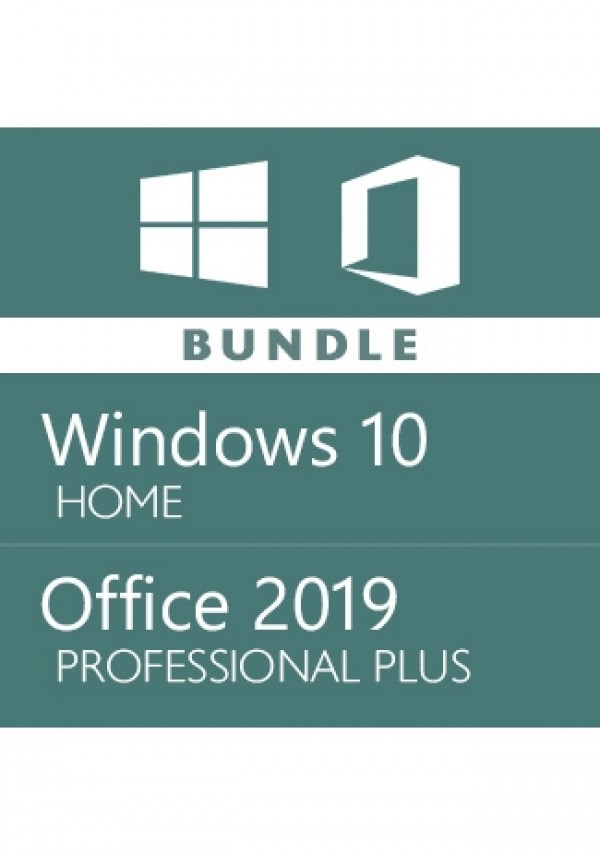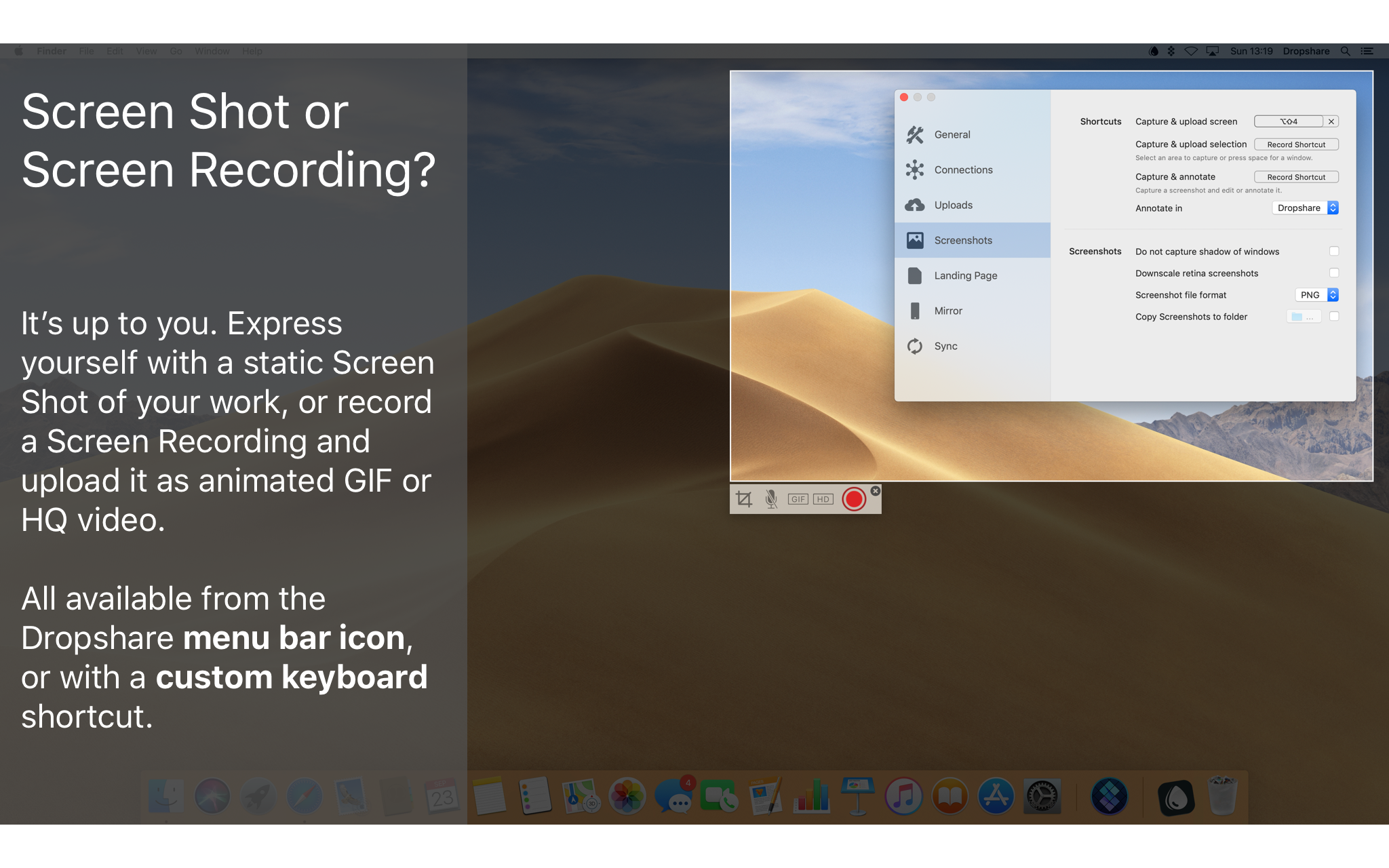

By leveraging dropshipping suppliers, most of the work to process additional orders will be borne by the suppliers, allowing you to expand with fewer growing pains and less incremental work. With a traditional retail business, if you receive three times the number of orders, you’ll usually need to do three times as much work. The main benefit of dropshipping is, again, the ability to list and potentially sell products before committing to buying a large amount of inventory. Easier to testĭropshipping is a useful fulfillment method for both launching a new store and for business owners looking to test the appetite customers have for additional product categories, e.g., accessories or wholly new product lines. If suppliers stock an item, you can list it for sale on your online store at no additional cost. Since you don’t have to pre-purchase the items you sell, you can offer an array of trending products to your potential customers.

As long as you can communicate with suppliers and customers easily, you can run and manage your business. Flexible locationĪ dropshipping business can be run from just about anywhere with an internet connection. As you grow, these costs will likely increase but will still be low compared to those of traditional brick-and-mortar businesses. In fact, many successful dropshipping stores are run as home-based businesses, requiring little more than a laptop and a few recurring expenses to operate.
#DROPSHARE DELIVERY TRIAL#
Start your risk-free 14 day trial of Shopify today-no credit card required.īecause you don’t have to deal with purchasing inventory or managing a warehouse, your overhead expenses are quite low. Shopify helps dropshippers quickly find and import trending products to sell. Continually ordering products and managing stock level.Tracking inventory for accounting reasons.With dropshipping, you don’t have to worry about: Running an ecommerce business is much easier when you don’t have to deal with physical products. And because you’re not committed to selling-through any inventory purchased up front, like in a traditional retail business, there’s less risk involved in starting a dropshipping store or testing a new product line. Without significant up-front inventory investments, it’s possible to start sourcing products and launch a successful dropshipping business with very little money. With the dropshipping model, you don’t have to purchase a product unless you’ve already made the sale and have been paid by the customer. Traditionally, retailers have had to tie up huge amounts of capital purchasing inventory. Probably the biggest advantage to dropshipping is that it’s possible to launch an ecommerce store without having to invest thousands of dollars in inventory up front. Learn more: Make Dropshipping a Success: Tips and Stories to Inspire Your Dropshipping Venture 1. The product is then sent directly from the AliExpress dropshipping supplier to the customer-wherever in the world they may be. As the store owner, all you have to do is check that the details are correct and click the “‘order”’ button. Fortunately, Oberlo automates this process. Once a customer buys a product, you’ll be able to fulfill their order in the Oberlo app. With Oberlo, you can browse AliExpress and import the products that pique your interest directly to Oberlo-which is connected to your Shopify store-with the click of a button. Two of the most common approaches for dropshipping on Shopify are to seek out a supplier located in North America, or anywhere else in the world, using supplier databases or to seek out a Shopify app that connects you and your store to thousands of suppliers.įor the latter, we recommend Oberlo, a marketplace developed by Shopify that helps independent business owners find products to sell. Instead, the seller purchases inventory as needed from a third party-usually a wholesaler or manufacturer-to fulfill orders. The biggest difference between dropshipping and the standard retail model is that the selling merchant doesn’t stock or own inventory. As a result, the seller doesn’t have to handle the product directly. Instead, the store purchases the item from a third-party supplier and has it shipped to the customer. Dropshipping is an order fulfillment method where a store doesn’t keep the products it sells in stock.


 0 kommentar(er)
0 kommentar(er)
